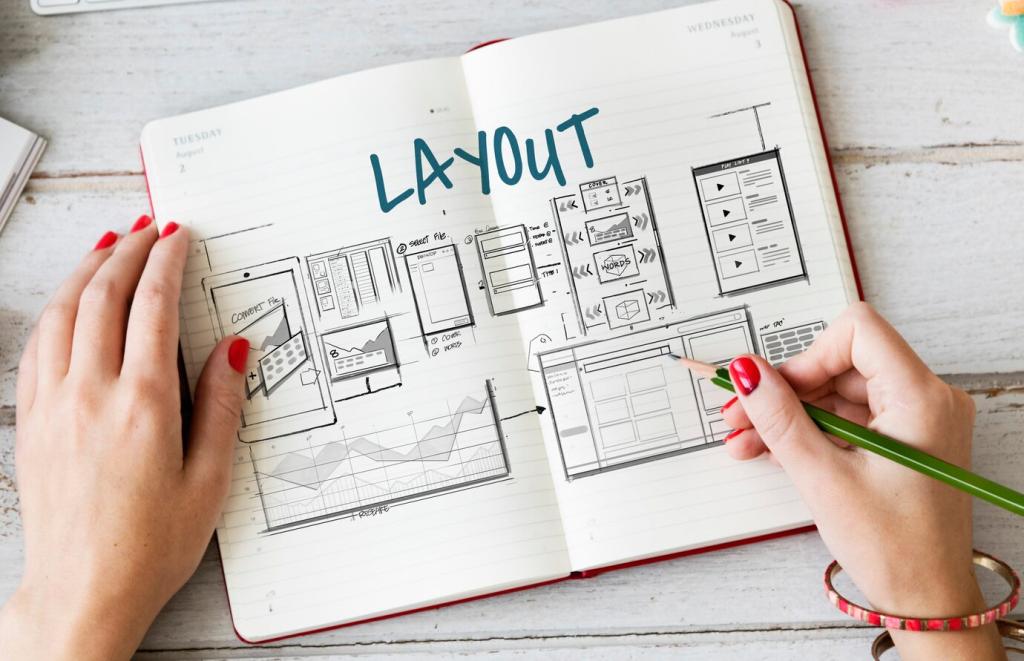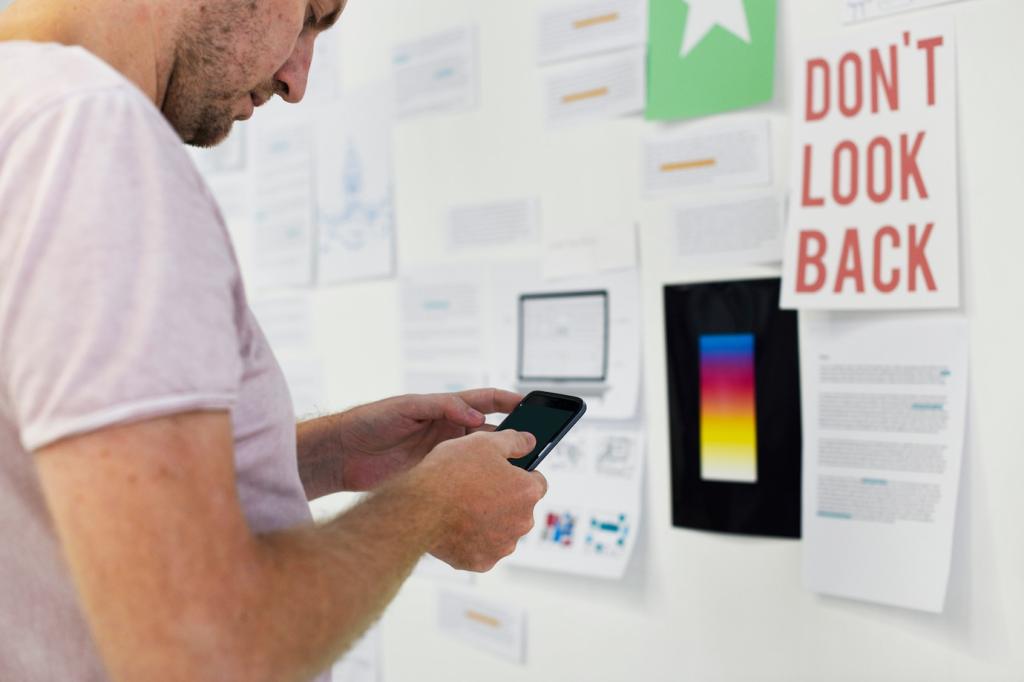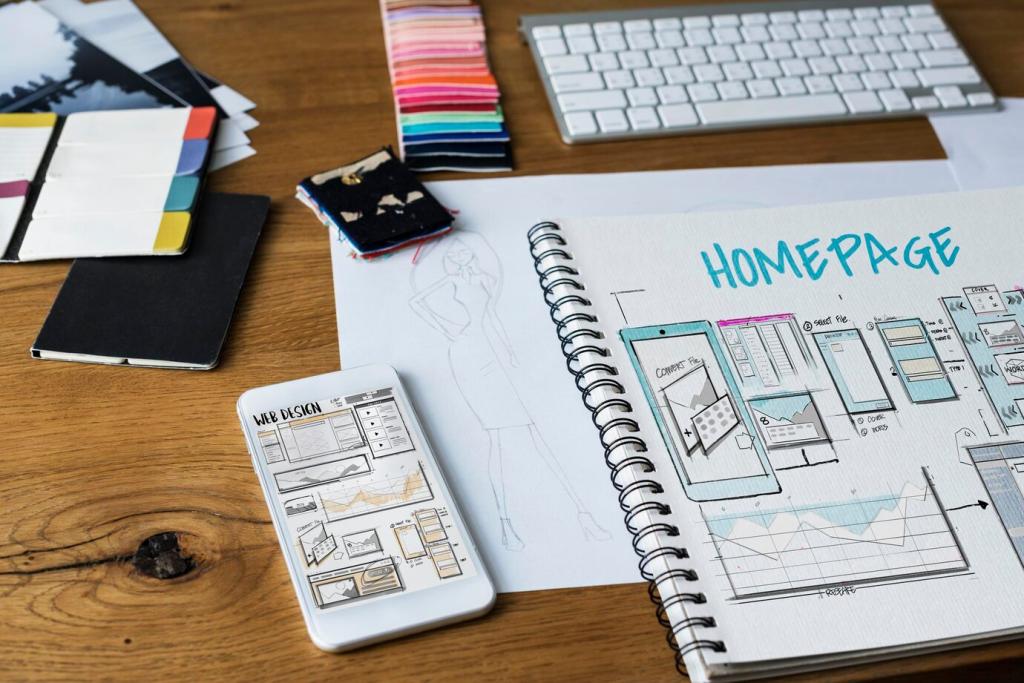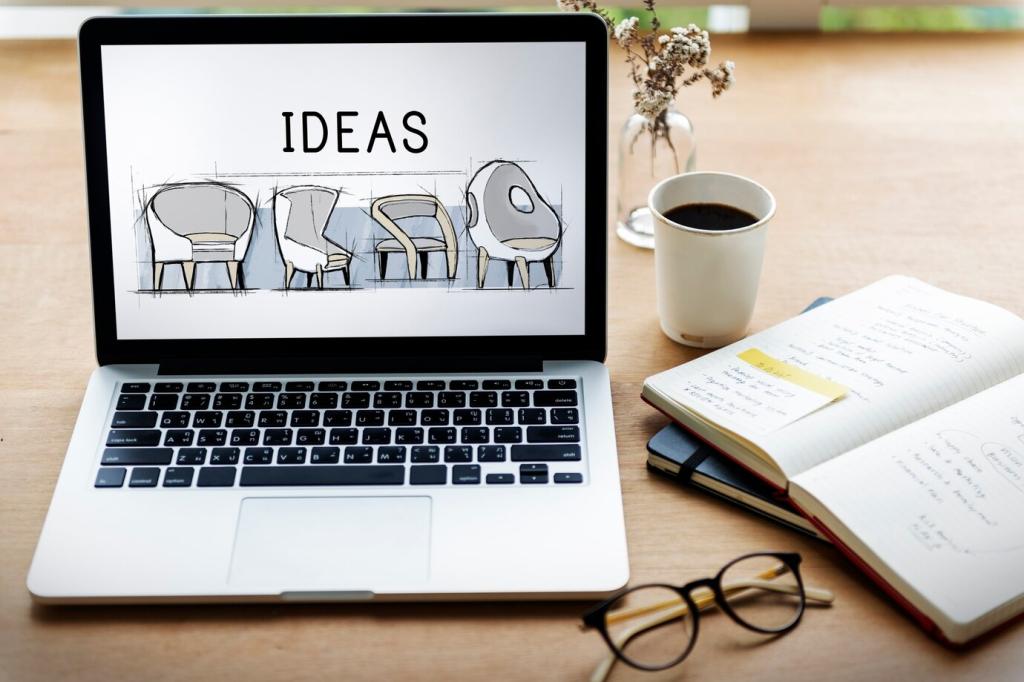Prototyping Techniques for Mobile User Interfaces: Build, Test, and Iterate Faster
Chosen theme: Prototyping Techniques for Mobile User Interfaces. Welcome to a hands-on, story-rich guide for crafting mobile experiences that feel instantly intuitive. From napkin sketches to high-fidelity motion mocks, we’ll help you validate ideas quickly, reduce risk, and ship with confidence. Subscribe and share your prototyping wins—we’ll feature standout stories in future posts.

Start with Low-Fidelity: Sketches, Paper, and Tap-Throughs
The 10-Minute Paper Sprint
Set a timer for ten minutes and sketch three variations of your core flow—login, onboarding, or checkout. Cut screens into cards, use sticky notes for modal sheets, and simulate taps by swapping cards. Test one-thumb reachability. Try it today and post your sketches in the comments for community feedback.
Clickable Wireframes on Your Phone
Export low-fidelity frames into a simple tap-through using Figma, Marvel, or InVision. Add hotspots only where necessary to avoid false positives. Load the prototype on an actual device to judge thumb travel, tap accuracy, and system bars. Tell us which tool feels fastest for you and why.
Storyboard Flows, Not Screens
Map the user journey as a sequence of goals rather than isolated screens. On a rainy Thursday, we tested a paper storyboard in a coffee shop and discovered a thumb-reach issue on the final confirmation button. What storyboard tricks save you time? Share your approach and subscribe for upcoming flow templates.
Use subtle easing, spring values, and duration to express system confidence. A 160–220 ms transition often feels crisp without jarring users. Prototype hover alternatives like press, long-press, and haptic cues. Share a clip of your favorite microinteraction and tell us what feedback it reinforces.

Prototype on Real Devices: Performance and Ergonomics
01
Thumb Zones and Target Sizes
Respect comfortable reach, especially on larger devices. Keep primary actions within the natural thumb arc and use a minimum target size around 44 points. In our tests, relocating a key button reduced mis-taps by half. Try a quick reachability pass and report your before-and-after results.
02
Latency Illusions in Prototypes
Simulate performance with skeleton screens, optimistic updates, and staged content reveals. Even in prototypes, perceived speed shapes satisfaction. We once masked a slow API mock by preloading likely results; testers called it “instant.” Share your clever latency tricks—and whether users noticed.
03
Dark Mode, Haptics, and Ambient Light
Prototype dark mode contrasts, test haptic feedback for confirmations, and walk outside to watch color shifts under sunlight. Small environmental mismatches can break trust. Comment with your device testing checklist, and subscribe for our printable ergonomics guide tailored to mobile product teams.


User Testing: Hallway, Remote, and Longitudinal
Grab five nearby testers, offer a clear task, and watch in silence. You’ll surface navigation detours, confusing labels, and dead ends fast. We once replaced an icon mid-test and saw completion time drop immediately. What single change improved your flow? Tell us and inspire others.
User Testing: Hallway, Remote, and Longitudinal
Use Maze, UserTesting, or Useberry to capture task success, time on task, and click maps. Instrument key branches inside your prototype to record drop-offs. Always get consent and anonymize data. Share your favorite remote workflow, and subscribe for our analytics event naming guide.
Inclusive Prototyping: Accessibility from Day One
Verify color contrast ratios, support dynamic type scaling, and label controls for VoiceOver and TalkBack. Prototype these settings and hand a device to a new tester. What broke, and how did you fix it? Share your findings so we can build a living accessibility checklist together.
Data-Driven Iteration: Experiments that Respect Users
Choose metrics that reflect user value: task completion rate, error recovery speed, and perceived effort. Avoid vanity numbers. Share your top three metrics for mobile prototypes, and we’ll compile a community list of reliable signals for early-stage validation.

Collaboration and Handoff: From Prototype to Shipping
Schedule tight reviews with a predefined checklist: goals, success criteria, edge cases, and instrumentation. Record decisions inside the prototype comments. Invite dissent. Tell us which review habit eliminated the most churn for your team and why you keep it sacred.
Prototype with production-aligned components and tokens to avoid rebuild surprises. Document motion specs, hit areas, and states. Engineers should preview feasibility early. Share your favorite library or token strategy, and subscribe for our upcoming starter kit for mobile motion tokens.
For tricky physics or platform nuances, code a thin spike in SwiftUI, Jetpack Compose, or Flutter. We resolved a nested gesture conflict in hours by prototyping directly in code. Have you shipped from a coded prototype? Tell us what made it worth the extra effort.

Join our mailing list
